Subtle yet powerful, understated yet elegant, he is a prolific architect, radical in his restraint, demonstrating his reverence for history and culture while honoring pre-existing built and natural environments, while reimagining the functionality and accessibility of new ones. buildings, renovations and restorations through a timeless modern design that confronts climatic urgencies, transforms social relations and revitalizes cities.
This is how the work of Sir David Alan Chipperfield is described. Sir David Alan Chipperfield, civic architect, urban planner and activist is the founder of David Chipperfield Architects, a London-based architecture firm that has completed projects around the world, and winner of the 2023 Pritzker Prize, an award often described as the Nobel Prize for Architecture.
This award, established in 1979 by Jay A. Pritzker, is awarded annually to an architect whose work has demonstrated a combination of talent, vision, and commitment to architectural excellence. One that has produced significant and consistent contributions to humanity and the environment, through the art of architecture.
Chipperfield is the 52nd laureate of the Pritzker Architecture Prize.
The jury citation for this 52nd Pritzker Prize states, in part:”This commitment to an architecture of understated but transformative civic presence and the definition—even through private commissions—of the public realm, is done always with austerity, avoiding unnecessary moves and steering clear of trends and fashions, all of which is a most relevant message to our contemporary society”.
Such a capacity to distill and perform meditated design operations is a dimension of sustainability that has not been obvious in recent years: sustainability as pertinence, not only eliminates the superfluous but is also the first step to creating structures able to last, physically and culturally.
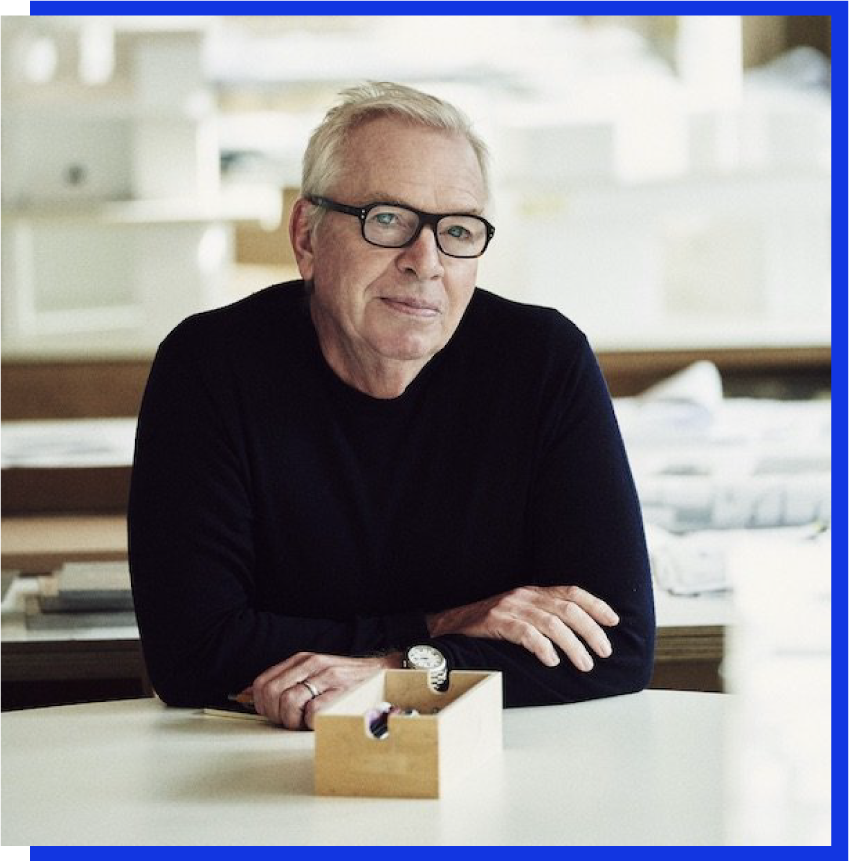
Sir David Alan Chipperfield was born in a rural area in Liverpool, England where he grew up amongst the English Countryside. His love for nature and rural architecture is reflected in many of his projects. In an interview, Chipperfield said that “rural architecture is a great inspiration to me, because it’s so honest and direct. There’s nothing non-essential about it.”
He graduated from the Kingston School of Art in 1976 and from the Architectural Association School of Architecture in London in 1980, where he learned to be critical, to reinterpret the potential of each element and enhance it to its maximum.
Early in his career he worked with great architects, including Pritzker Prize laureates Norman Foster and Richard Rogers. In 1985 he founded his studio, David Chipperfield Architects, in London, which expanded to various corners of the world such as Berlin, Shanghai, Milan and Santiago de Compostela in Spain.
One of the main traits of Chipperfield’s work is his attention to detail. His buildings are characterized by their simplicity and elegance, as well as their ability to create a dialogue with the environment that surrounds them. Many of his projects have also been recognized for combining modernity and tradition in a coherent and harmonious way.
Connected to art and design from the very beginning, David Chipperfield worked with Japanese designer Issey Miyake, designing an interior for the brand. From there, his work evolves into a civic task at the service of society. From museums and galleries to commercial buildings and private residences, Chipperfield’s works represent a timeless quality that blends contemporary design with an appreciation for history and context.
Amorepacific’s headquarters in Seoul, South Korea, is a key example of Chipperfield’s sensitivity to the local context.
The building’s concrete facade and subtle curves are a nod to the country’s architectural heritage, while its modern interiors reflect the company’s innovative spirit.

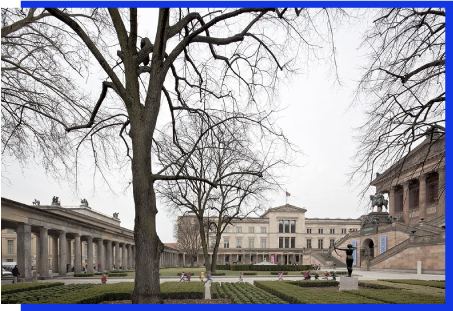
The restoration and renovation of the Neues Museum in Berlin was Chipperfield’s masterpiece of architectural conservation. Severely damaged during World War II, the building was restored to its former glory, while new interventions were added to complement the existing structure. The architecture of the past comes forward with additions rooted in modernism, such as a new main flight of stairs with walls that reveal traces of original frescoes and reused materials, even those that were marked by the war.
Veles e Vents is a building located in the Marina Real Juan Carlos I, in the city of Valencia, Spain to commemorate the anniversary of the Copa América.
It was conceived as an interaction space for players and sponsors, but it quickly became one of the most popular venues in Valencia thanks to its innovative design and impressive location.
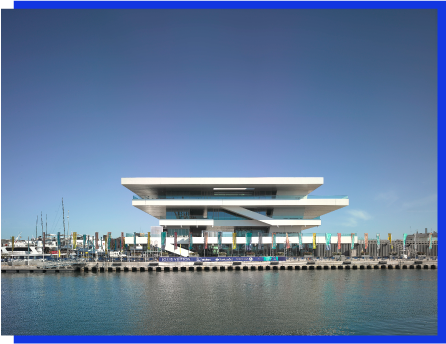
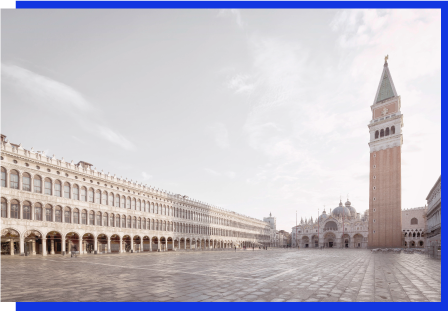
Additionally, his restoration and reinvention of the Procuratie Vecchie in Venice, Italy, dating from the 16th century, redefines the civic capacity of this building in the heart of the city by allowing general access for the first time.
Chipperfield called upon traditional artisans to revive original frescoes, terrazzo floors and pastellone, uncovering layers of history, while incorporating local craft and construction techniques to produce modern interventions.
His other extraordinary works should be highlighted, which cover more than 100 projects around the world such as the River and Rowing Museum (Henley-on-Thames, United Kingdom, 1997), Turner Contemporary (Margate, United Kingdom, 2011), Saint Louis Museum of Art (Missouri, United States of America, 2013), Joachimstraße Campus (Berlin, Germany, 2013), Jumex Museum (Mexico City, Mexico, 2013), One Pancras Square (London, United Kingdom, 2013), among others.
For the rigor, integrity, and relevance of a body of work that, beyond the scope of the discipline of architecture, speaks to its social commitment and to the environment, David Chipperfield is named the 2023 Pritzker Prize Laureate.


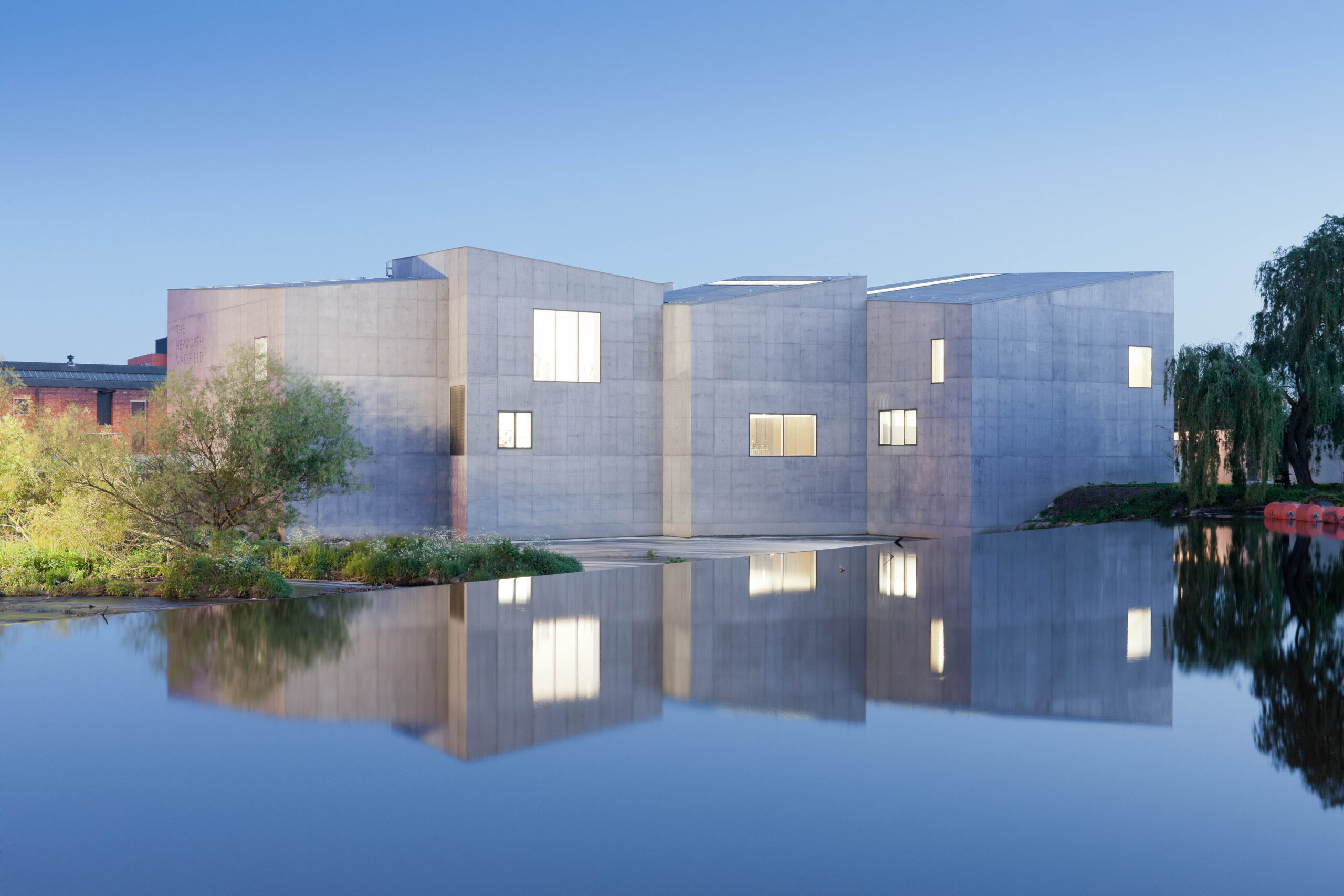

Leave A Comment